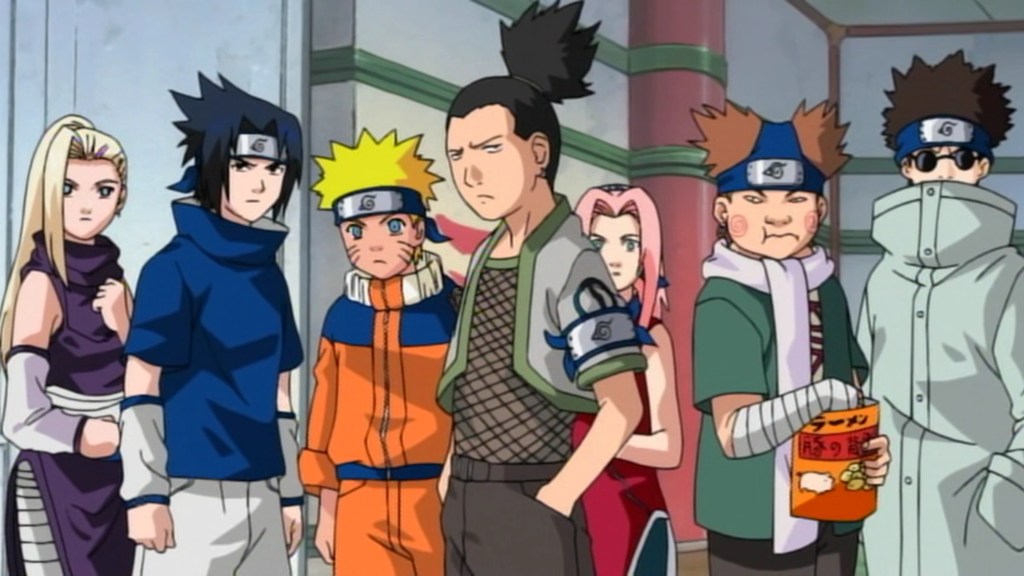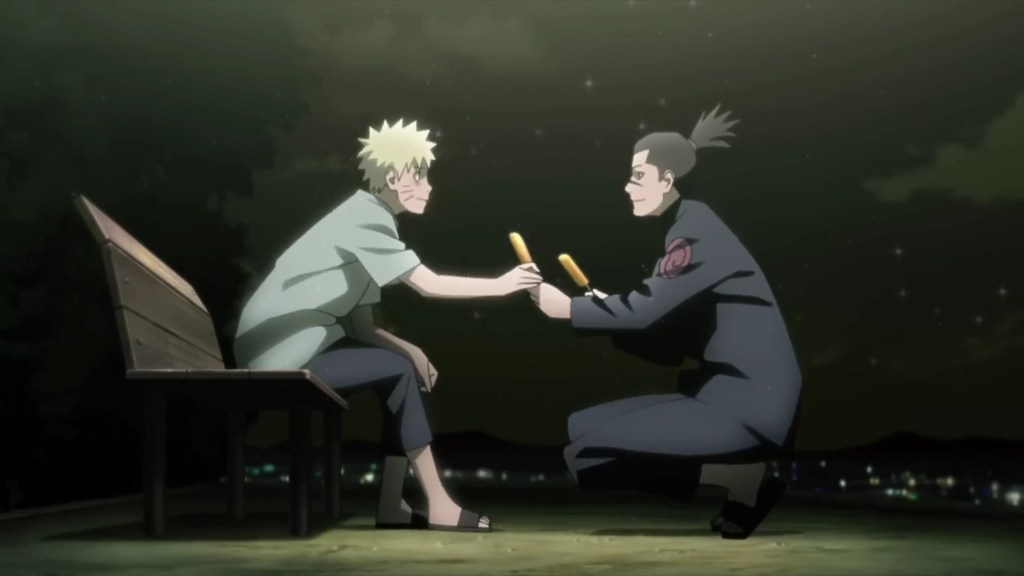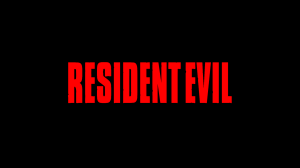Naruto is one of the biggest franchises in the world and is often seen as the face of anime and manga. It aired on Toonami in 2005 and drew in many young viewers for its United States debut. But behind the flashy fights and colorful scenes, is a story set in a brutal world where kids are trained as ninjas and sent on deadly missions. All those bright colors and funny moments hide the harsh reality and beliefs of the ninja world, where death, trauma, and violence are part of everyday life.
Videos by ComicBook.com
Despite this, Naruto is the most-searched “kids’ show” in over 83 countries, even ranking above actual children’s shows like CoComelon. When I first watched the series, I was drawn in by the action and cool jutsu. But rewatching it as an adult, all I see now is a story full of pain, hard choices, and emotional complexity that completely went over my head before. Naruto’s ninja world, upon immediate observation, also has a problem with its use of child soldiers. Characters like Kakashi became assassins before they were even teens, while Itachi was manipulated into massacring his entire clan at just 13. Even the main cast of Naruto and his friends were sent on deadly missions since they were 12 years old.
The Sad Truth About Kids Growing Up in Naruto’s World

Almost every main character in Naruto has experienced terrible trauma that shapes who they are and what they do. Sasuke watched his brother massacre his entire clan which pushed him onto a dark path of revenge. Gaara was turned into a living weapon by his own father, was rejected by his village, and developed severe mental health issues that made him a murderous, unstable child. Even our cheerful protagonist, Naruto, grew up completely isolated and emotionally neglected, with the village treating him as a monster.
Pain also lost his parents to war which eventually led to him becoming a terrorist mastermind with the twisted idea of creating world peace by making everyone suffer together. The show doesn’t just mention these tragic backstories but explores them in depth through flashbacks that include violence, blood, and the psychological damage these characters suffered as children. Despite this, most of the characters in the show don’t actually question the system that led to that world, which makes it easy for young viewers to miss how disturbing it actually is.
The academy system in Naruto graduates children at around 12 years old, after which they immediately start taking missions that can involve killing or being killed. However, admittedly, younger squads like Team 7 were initially handed softer missions like rescuing local villagers’ cats, but even then, young upstart shinobi craved the deadlier tasks, seeing them as a path to glory as future Hokage contenders. Through the lens of characters like Naruto, this is phrased as a good thing. Characters like Kakashi and Itachi are seen as cool prodigies and not victims of an abusive system that exploited them from childhood. But once you really think about it, even the Chunin Exams that initially seem like exciting tournament battles look like horrifying events where children fight each other, sometimes to the death, while adults just watch and evaluate their performance.
[RELATED – 10 Most Controversial Times Naruto Was Censored]
Compared to Dragon Ball and Bleach, Naruto Was Way Darker

While Naruto, Bleach, and Dragon Ball are often mentioned together in the same breath, these shows couldn’t be more different. Dragon Ball mainly focuses on Goku as he trains and protects the Earth from various threats, including alien invaders and powerful beings, often with clear good-versus-evil dynamics. Even when powerful villains like Frieza appear, the story still feels light and fun.
Similarly, Bleach touches on death and the spirit world, but it tends to follow a simpler good-versus-evil narrative. It doesn’t explore why the antagonists feel the way they do or explore much of the protagonists’ mistakes and failures. Naruto is different because it shows that even the “good” village and its leaders, like the Third Hokage, made terrible decisions that resulted in suffering for characters we care about, showing that villains are often created by the same system the heroes protect.
It’s Shonen, But Feels Conceptually Like a Seinen

Naruto explores grief, loneliness, war, and sacrifice in ways that make it feel more mature than most other shows aimed at younger audiences. While technically a shonen anime made for boys aged 10 to 19, if Naruto had less goofy humor and romance subplots, with the right mature tweaks it could easily have been a seinen anime targeted at adult men and women rather than adolescent boys. For a show so heavily revolving around fighting and war, Naruto also presents multiple perspectives on how to achieve peace. But shonen manga and anime can often attract creators who push its conceptual limits; after all, Baki the Grapper is a shonen, of all things.
Pain believes that only through experiencing horrific pain can humans understand each other, while Madara thinks putting everyone in an eternal illusion is the only answer to finding world peace. Naruto struggles to find a more hopeful solution through understanding and forgiveness, which are much deeper ideas than what you usually find in kids’ shows. This puts Naruto in the same category as Death Note and Attack on Titan; technically shonen, but dark enough to attract older viewers, which shows just how wide-ranging the shonen category really is.
What I find most special about Naruto is how it speaks to different ages in completely different ways. I enjoyed it for the cool fights when I was younger, but now I appreciate its deeper meanings. When I rewatch episodes as an adult, I notice all these themes about society, human nature, and philosophical questions that went over my head the first time around. This might be why, even decades after its debut, Naruto remains popular worldwide across multiple age groups, with many adults finding new meaning in a show they first watched when they were kids.









